Engine Preignition: Causes and Prevention
Product Overview
Preignition occurs when the fuel ignites before the intended ignition timing, leading to significant engine issues such as severe knocking, wild pinging, and power loss. This phenomenon can cause high temperatures and pressure levels, which may result in serious damage, like burning a hole through the piston. Understanding the causes of preignition is crucial for maintaining engine health and performance.
Key Features
- Detailed explanation of preignition and its effects on engine performance.
- Comprehensive list of potential preignition causes.
Benefits
- Improved engine performance by addressing the root causes of preignition.
- Enhanced engine durability and efficiency.
- Prevention of costly engine repairs by early identification of preignition symptoms.
Causes of Preignition
- Carbon Deposits: Incandescent carbon particles that ignite the fuel prematurely.
- Overheated Valves: Occurs due to excessive guide clearance or improper sealing with valve seats.
- Cooling System Inefficiencies: Inefficient or damaged cooling systems create hot spots.
- Incorrect Nozzle Settings: Nozzles that are set at incorrect cracking pressures.
- Detonation: Existing detonation or conditions that may lead to it.
- Sharp Edges in Combustion Chamber: These can increase the likelihood of unintended fuel ignition.
- Fuel Quality: Usage of wrong or contaminated fuel.
Usage Recommendations
- Regular inspection and cleaning of the engine to remove carbon deposits.
- Ensure valves are at proper temperature by maintaining ideal guide clearances and seals.
- Regular maintenance of the cooling system to prevent overheating.
- Correct the nozzle cracking pressure as per engine specifications.
- Use high-quality fuel and confirm it meets engine requirements.
Only logged in customers who have purchased this product may leave a review.
Related products
$34.50
$34.00
$32.00
$34.00
$35.00
$34.00
$33.00




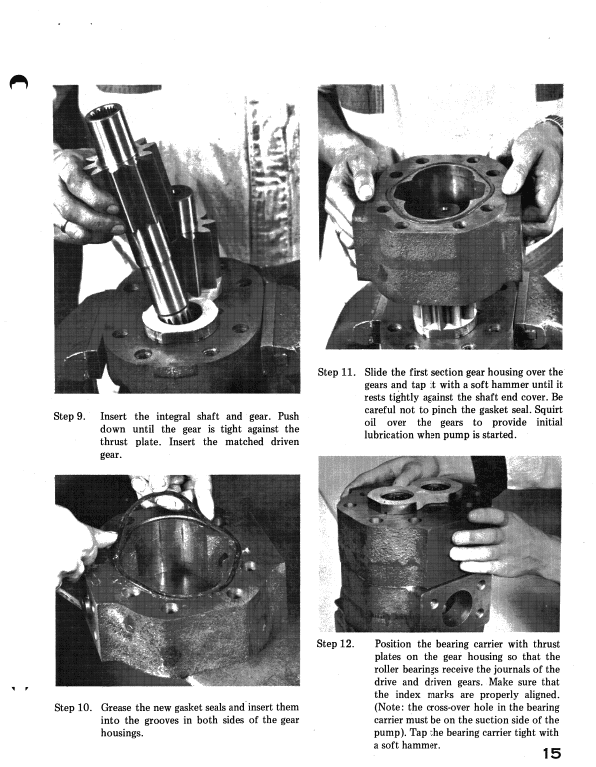

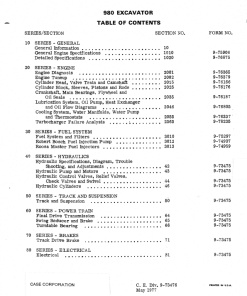
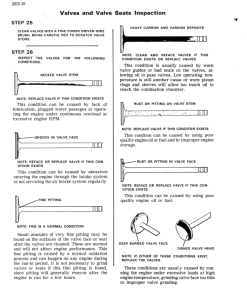


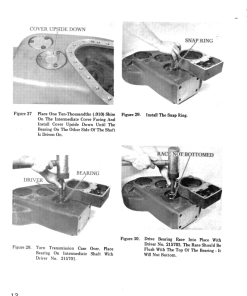

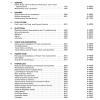
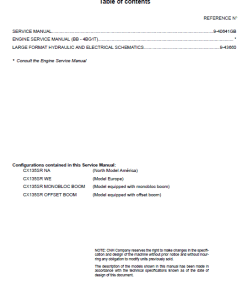
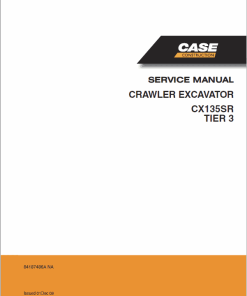
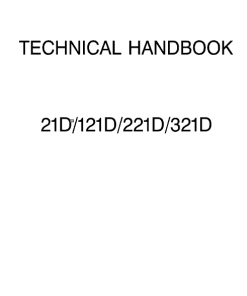
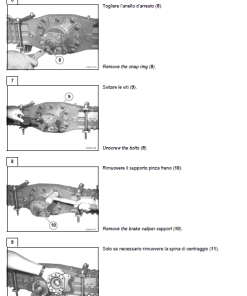
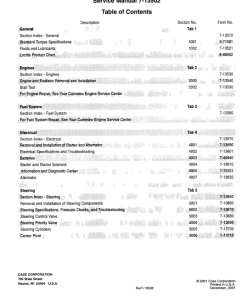
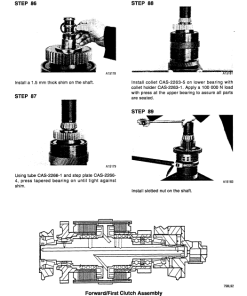
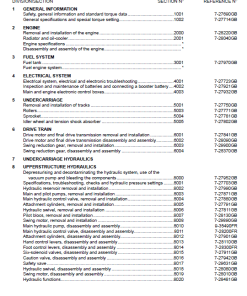
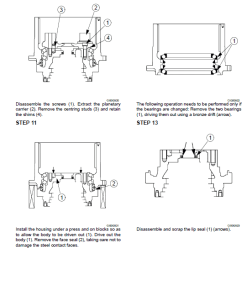
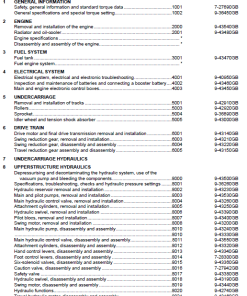
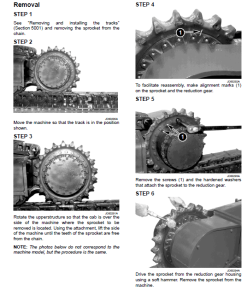
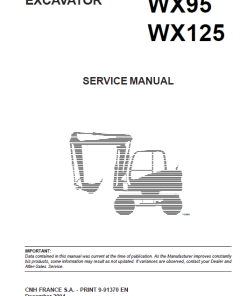
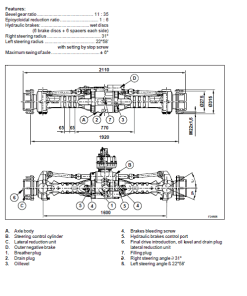
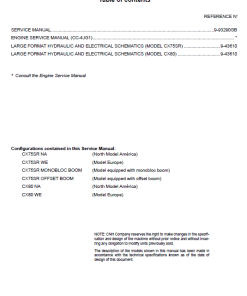
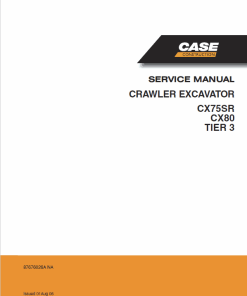
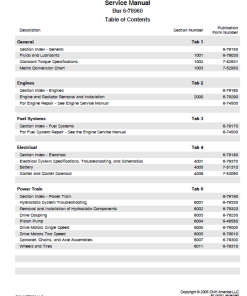
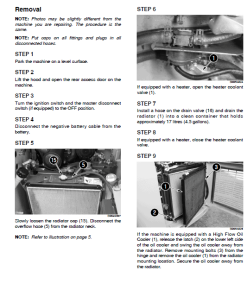
Reviews
There are no reviews yet.